
Described as an “indie publisher and a half,” Fariñas hopes that Buño will help bring more marginalized creators to the public eye. The Comics Beat recently spoke to him about how he plans to make Buño a success. We learn about his worries, his plans for paying and protecting creators, and discuss the books themselves!
Alex Lu: Where did the idea for Buño come from?
Ulises Fariñas: I’ve been wanting to start a publishing imprint for a while. I get frustrated going to conventions and seeing the same type of publishers doing the same types of books. There are a lot of publishers I like such as Nobrow and Koyama press, but some of the bigger ones put forward the same type of look and same type of artists. I thought that if I did it, I could put some shine on some people who aren’t the regular types.
Lu: In the press release, you talk about your relationship to race and how you want to get more minority voices into the comics industry. What types of initiatives will you start at Buño to accomplish this?
Fariñas: Right now, what I want to do is have Buño be about 70% creators of color and eventually 50% individuals who identify as women or are non-binary. Right now, all the creators on our slate are men and I don’t like that, but we only have three books scheduled so far so there’s time to change.
Lu: Are there plans for Buño to support creators from other disenfranchised groups such as the LGBTQ community?
Fariñas: That’s the whole point. It’s not just Latino or people of color, but pretty much everyone. There are so many conventions and holidays that are for specific groups and I find it kind of ghettoizing. The only time a lot of people talk about these minority communities is during these specific events. You’ll have your one month for your special minority or you’ll only talk about women in comics during a panel on women in comics. I find that, in the long run, things like that do more harm than good.
I want to change the game a little bit. There should be a publisher that puts these minority creators at the forefront. It’s not the only thing I care about as a publisher, but it’s something I think about all the time so it will be reflected by Buño.
Lu: The press release also characterized Buño as an indie-plus publisher: a place where we’d find less mainstream content making it into mainstream channels. What makes your line different than those of indie-leaning publishers like Archaia or Magnetic Press proper? What separates you from the big companies like DC, Marvel and Image?
With all these publishers, both big and small, the buzz words are “diversity” and “progressive.” However, none of it really rings true when they have the same big name creators. Every publisher tries to get one big name like Mark Waid or Brian Azzarello. There’s nothing wrong with those guys, but you can see a trend of supporting the same people who have been at the top of the industry for at least 20– sometimes even 30 or 40– years. At that point, you have to ask yourself how different any publisher like that can be from any other.
As far as Buño goes, I want to hold onto the smallness of it. I don’t want to worry about paying for those big names but I’m starting a publisher because I also want the freedom to put forward my ideals forward. After a certain size, your idealism becomes a liability if you’re looking to make money.
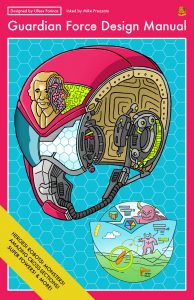
Fariñas: Not really. There are so many artists out there that are fully formed. They deserve the same accolades as people already getting awards. The only reason they aren’t getting them is because of the latent racism and sexism in our industry. Even when I myself am trying to start a project, it’s difficult to find these types of artists to work with because they don’t have that household name brand recognition.
The names that get big really fast often are those of white men. I’ve seen guys in comics who are working for DC and Marvel within a year of starting out. Meanwhile, people who are infinitely more talented and started at the same time as them never make it past the tier below Image. You’ll see them working for fifteen years and no one cares while the young hot talent looks the same as everyone else already working for the company.
So no, I’m not so much cultivating talent as I am put a spotlight on it.
Lu: Does Buño have an open submissions policy?
Fariñas: There is no submissions policy at Buño. It’s solely enslaved to the finances of the company. As far as submitting stuff goes, people can always submit, but we’re waiting to see how our first year’s line does and then we’ll go from there.
As far as open submissions as a concept go— they’re bullshit in comics. Any time you go to a publisher’s website and it says submissions are closed, if you know someone, they’re open. There’s never been a time where a comics publisher has actually been closed off to submissions. They’re always looking for new talent and new work. If you have an in there you get an in there. The one time I used a website to submit to a publisher, their submissions were closed so I found a cached version of the website and submitted to that!
Lu: Do you and Storme Smith have officially designated titles at Buño?
Fariñas: Yeah, Storme is the publisher so he gets the final say on everything we do. I am the editor-in-chief. I bring the work to him and we talk about it together.
Storme has been working on comics and writing for a while. I’d look at his scripts and he’d look at mine. We’ve been collaborating together for a long time and now we’re on this new journey together.
Lu: We’ve talked a lot about how you plan to use Buño to help disenfranchised creators bring their work to the world, but an issue that will be on many of these creator’s minds are their page rates. Can you tell us anything about Buño’s page rate structure or how else you might support creators financially?
Fariñas: Right now with Cloudia & Rex, we’re providing as fair a page rate as we can. I’ve always had the philosophy that, if you can’t pay an artist for new work, then you shouldn’t do that work.
With Rob Cham’s Light, the book was already published so we didn’t have to talk about page rate. We just wanted to bring the book to a new market so we talked about a favorable distribution split.
When it comes to paying artists, I think the comic book industry is way too cavalier about this not being a problem. There are so many people who get big and then stop talking about the issue because they’re now getting paid. I’ve always been paid on time and fairly by 90% of publishers I work for, but I still think it’s important to talk about because I find it disappointing that so many other creators feel threatened by their publishers.
I think that, if I am going to be a publisher, I want creators who work with us to feel like they can talk openly and freely about what we did or didn’t pay them.
Lu: As sourced by various panels and documents released over the last few years, it is apparent that comic book page rates have not changed, by and large, over the past 20-30 years. What do you define a fair page rate at in 2016?
Fariñas: $20 an hour. People make it so complicated by saying “people work differently” or “people deserve X vs Y,” but none of that matters. It doesn’t matter what their work is— can they live off of it? In the United States, $20.00 an hour is generally the amount you need to live. If you can do enough work to get to that pay rate than that should be your page rate. If you are doing six months of work for a comic book company, they should pay you enough to live for six months.
Lu: We’ve heard talk about publisher-creator deals gone bad, so can you tell us anything about how creative rights work at Buño?
Lu: Light all belongs to Rob. It’s his book. Cloudia & Rex is split fifty-fifty. Anyone who does a book for Buño owns the book. I’m new at this and I am the first to admit that I don’t know the ins and outs of contracts or creators’ rights, but as long as we get enough kickback to put out another book, the rest belongs to the creators.
I don’t ever want to be Magnetic Press or Fantagraphics. I just want to put out good books on a small scale and get them into comic shops like it used to be.
Lu: Why did you decide to kick off Buño with Light, Cloudia & Rex, and The Guardian Force Design Manual?
Fariñas: I was already working on Guardian Force and was planning on doing it with Magnetic Press, so when we sat down to talk about it we decided that since I was creating it, it made sense to fold the book into Buño.
Cloudia & Rex was an idea I’ve had for a while. I wanted to do my own version of a Captain Marvel story, but instead of just using the Greek Gods or Egyptian Gods who are overused to death, I wanted to use pantheons and gods from all around the world.
Finally, Rob Cham and I were working on a book for Stela and he mentioned that he had already finished a book called Light. It was released in the Philippines, but never made it here. I told him that I’d like to be the one to bring it to America.
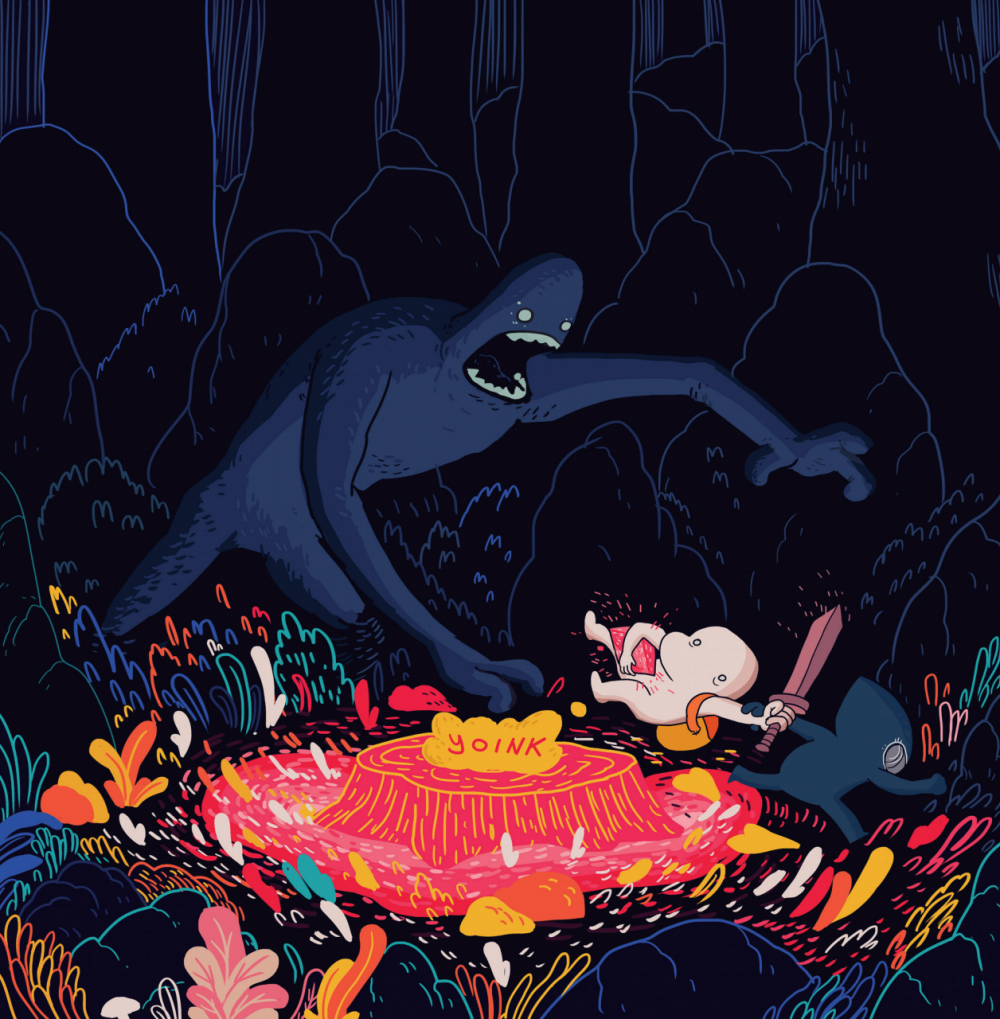
Fariñas: I think he added me on Facebook one day. My Facebook is my general connection to the comics world because I’m not much of a Twitter or Tumblr user, so I’ll usually have a fairly constant stream of people adding me or I’ll find people in a comics group and add them. I remember seeing Light in one of those books and thinking that it was gorgeous.
Then, when he and I started working together on a book at Stela, I asked him if Light could come out in the United States and he said yeah, so…I did it.
Lu: Why did you decide to introduce the world to Buño through Light?
Fariñas: It was beautiful. Comics should be art and should be something that we value and think is long lasting. We get so distracted with monthlies, weeklies, and the drama of the business that we get lost in the hype train. We never stop and think that this should be art we treasure and care about rather than just pieces of paper that we buy and forget about within a year.
I told myself that if I was going to put a book out, it would be one that was undeniable. If I could only put out one book, I’d be happy with it being this one.
Lu: Your words about monthlies brought something to my mind. I know Buño’s initial slate is just graphic novels, but do you ever plan to put out floppy books?
Fariñas: No, just graphic novels. Floppies are pointless. All my work like Judge Dredd and Transformers are floppies and it’s just bird cage lining. So many fans of my work tell me they’re not buying my book because they’re waiting for the trade. It’s like…you do realize this is my bread and butter and you’re never going to get more of this unless you buy it while it’s coming out, right?
However, in the end there’s no way you can convince someone to spend four dollars every month if they don’t want to. Plus they’ll just be able to get it cheaper in four months anyways when it gets collected. It’s not fair to force them to buy books in a way they don’t want to, so I can’t imagine ever doing that at Buño.
Lu: Cloudia & Rex features you returning to work with your frequent collaborator Erick Freitas and artist Daniel Irizarri. Can you tell us a little about that collaborative process?
Fariñas: Daniel and I have really similar art sensibilities, so we’ve been having a nice back and forth with panel layouts and character designs. We were working on a pitch for half a year and then started doing something else, and then moved to this.
Erick and I collaborate together a lot because we have a good understanding of our strengths and weaknesses. You can spend a lot of time trying to find, compensate for, and fix your weaknesses as a writer and never quite get there. Alternatively, you can just work with someone who is strong where you’re weak and weak where you’re strong. You make much stronger work that way as long as you don’t let your ego get in the way.
Usually, I’m more of the world-builder and sci-fi person in the pair and Erick is more concerned with structure, storytelling, and characters. I’ll say that a scene is good but it needs extra flavor, so Erick will give one of the characters some Star Trek babble.
As much as people say creator-owned work is going to save comics, it’s hard to really get a creator-owned deal that pays well and doesn’t involve you selling away half your rights– even though they’re still going to call it “creator-owned” if you do. Daniel, Erick, and I have worked on all these pitches and one day I just decided that I was going to pitch something to myself.
Thus, Buño. We can make a book that has an Afro-Latina family that features three young black girls as the main characters and has strange gods from other cultures. Cloudia & Rex is a weird book but it’s our book. We never need justifications for why we’re doing this and we never have to consider doing something like adding a male character to make the book more sellable.
I feel really proud of the Cuban family at the center of this book because it showcases them just like any other family. They’re not out there saying “Hola, this is what Cuban people are like.” They have the same problems all families face. It’s a little treat for people who want to read a book and see themself accurately reflected in it.
Lu: What is Cloudia & Rex‘s story inspired by?
Fariñas: I’ve always been terrified of losing my dad. He’s still around and I still have that fear. This story is about a daughter who does lose her dad and the weird awkwardness in the family after that none of them know how to deal with. That’s the core of the story.
Cloudia and Rex are sisters and the fun part is seeing these two girls transform into who they want to be after they get their magical powers from the gods. The mother has to come to terms with who her daughters are transforming into in fantasy and in real life in regards to them becoming women.
Lu: Are they on a journey of some kind?
Fariñas: Cloudia and Rex are on a quest to send the gods home. They have to find the Omphalos, which is the womb of creation where all the gods were born from. It’s a concept that is present in many religions. They have to go back to that womb and restart it. The symbolism of fertility and female nurturing is the seed of the story. They’re looking for this literal seed to restart the world of the gods so they can move on in the real world as a family. It’s a magical way of describing puberty.
Lu: The Guardian Force Design Manual is a book that is 100% Fariñas. How did you come to fall in love with Sentai and Tokusatsu?
Fariñas: Saturday morning TV! In the 90s, they took all those shows and redubbed them. Whether they were good or not is arguable– I kind of like that it’s bad quality– but you saw it all the time and I loved it. One of the failures of American superhero comics is that they don’t incorporate more sentai elements. The obvious counterpart to American superheroes are Power Rangers, Kamen Rider, and Ultraman because these are all characters with huge powers and feature storylines about characters with big attitudes balancing superheroics with real life.
You watch these shows and you see so much artistry that goes into designing these surreal creatures every week. They’ll make a monster that looks like a purse that spits objects out. One of those objects will be a mirror it shoots a laser from. This stuff is fuel for a five year old’s imagination.
I started drawing cross-sections and infographics inspired by Sentai and decided that I really wanted to make this book. I brought it to Magnetic and was really surprised when they agreed to publish it because it doesn’t have any inherent market. I look at this book and know it’s going to fail…but it’ll fail on my terms!!!
Sentai has a cult following, so the real challenge is getting the product to them and making sure that they know it’s worthwhile. Thus, in the end, you’re betting on whether or not there are 1500 fans of Sentai who will buy a book that has no story and no connections to any existing property, just inspiration from Sentai shows. I hope there are!
Lu: It seems like you might be touching the cultural nerve of the cult at just the right time considering the success of the new Power Rangers comics.
Fariñas: Yeah, yeah! It’s interesting because I did this book, Gamma, a few years back and I could not find anyone to ever pick it up. It’s one of those things where there is a resurgence of interest in Sentai, but it’s a very safe interest.
I don’t have interest in the new Power Rangers stuff because they’re just nostalgia trips. They’re not interested in doing new weird things. They’ll do the purse monster, but only because they saw it before! Kaijumax, which is another great book, is what I want the future of the Sentai genre in comics to look like– something that twists and shows the dark side of the genre.
Lu: Only Light has a confirmed release date so far. When might we see other titles?
Fariñas: We’re looking to finish the art for Cloudia & Rex by September and the art for The Guardian Force Design Manual for December. I was spending some time earlier worrying about the dates, but then was wondering why I was worrying. I’m not beholden to anyone! We’ll just do this when we do it!
Check out Buno’s website to preorder Light, Cloudia & Rex, and The Guardian Force Design Manual!


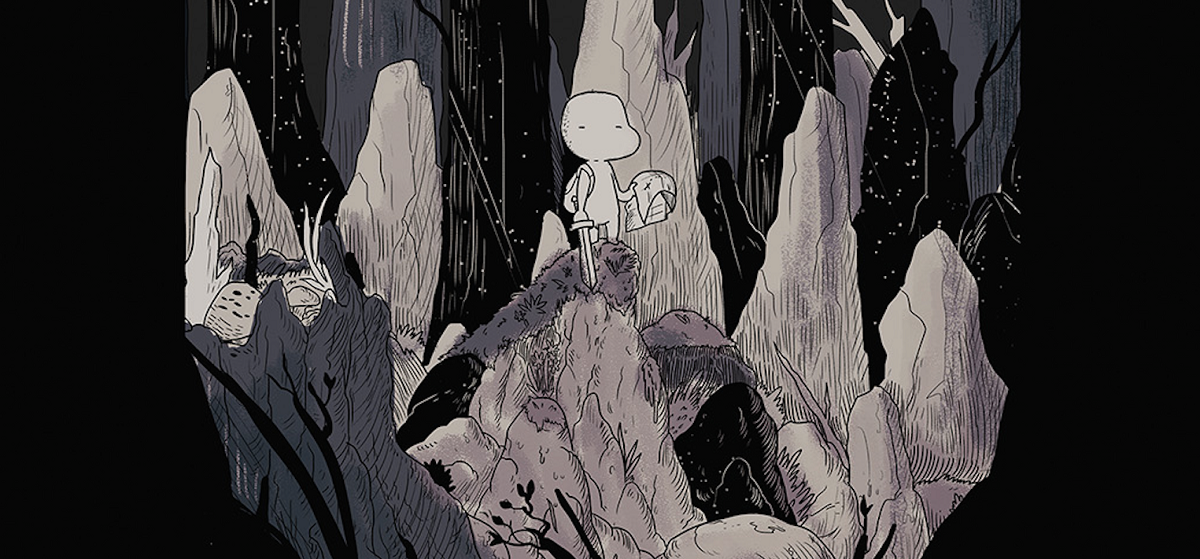
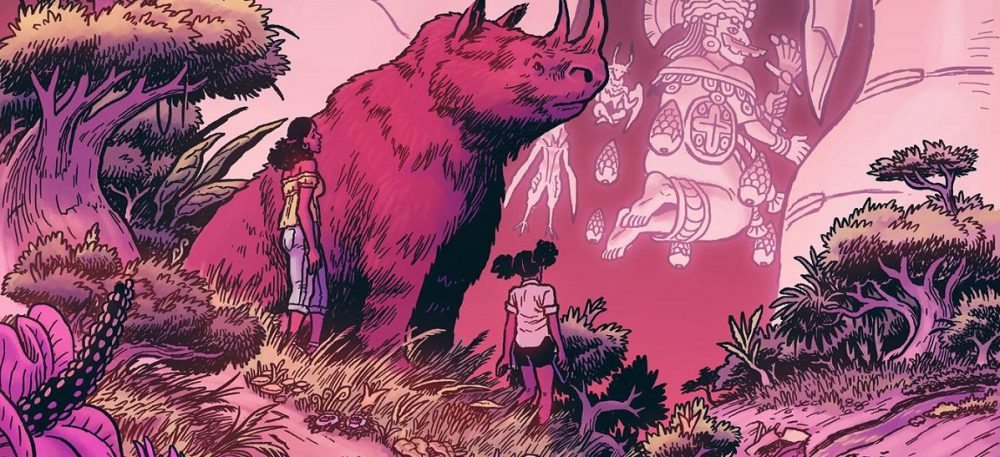
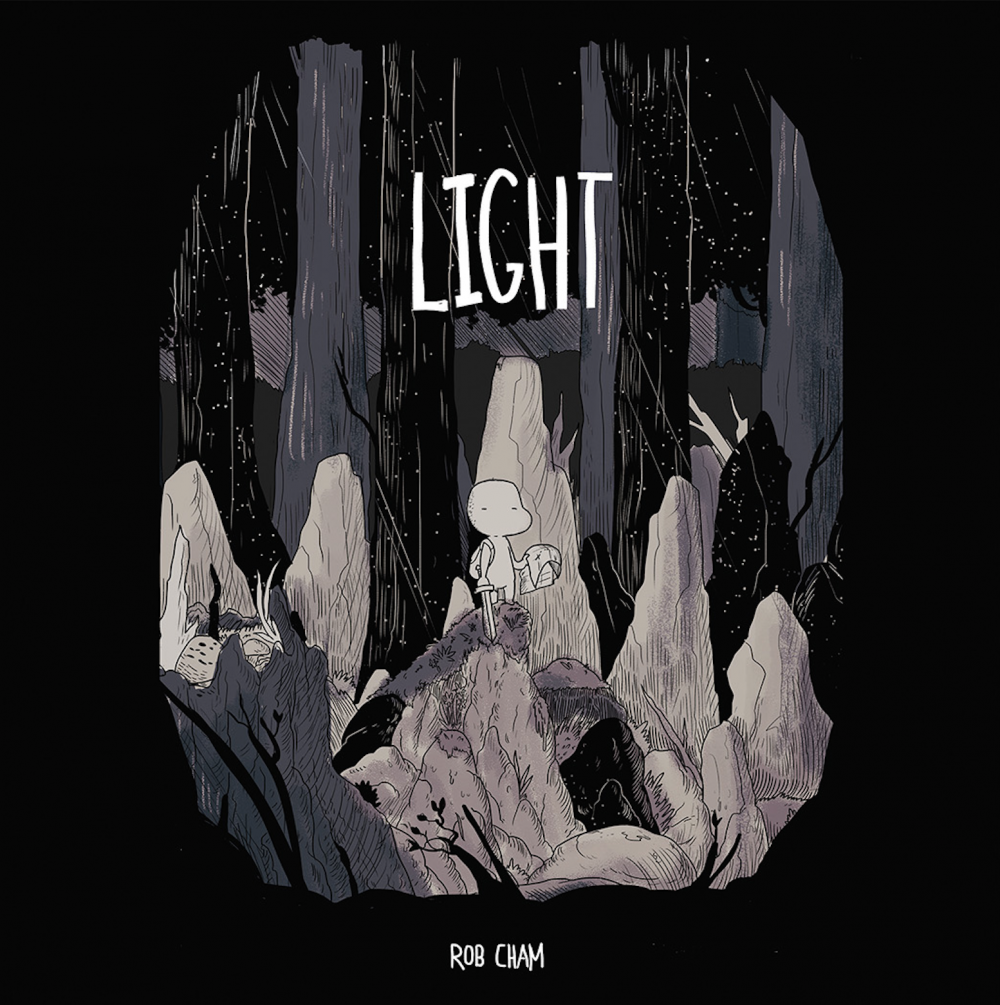
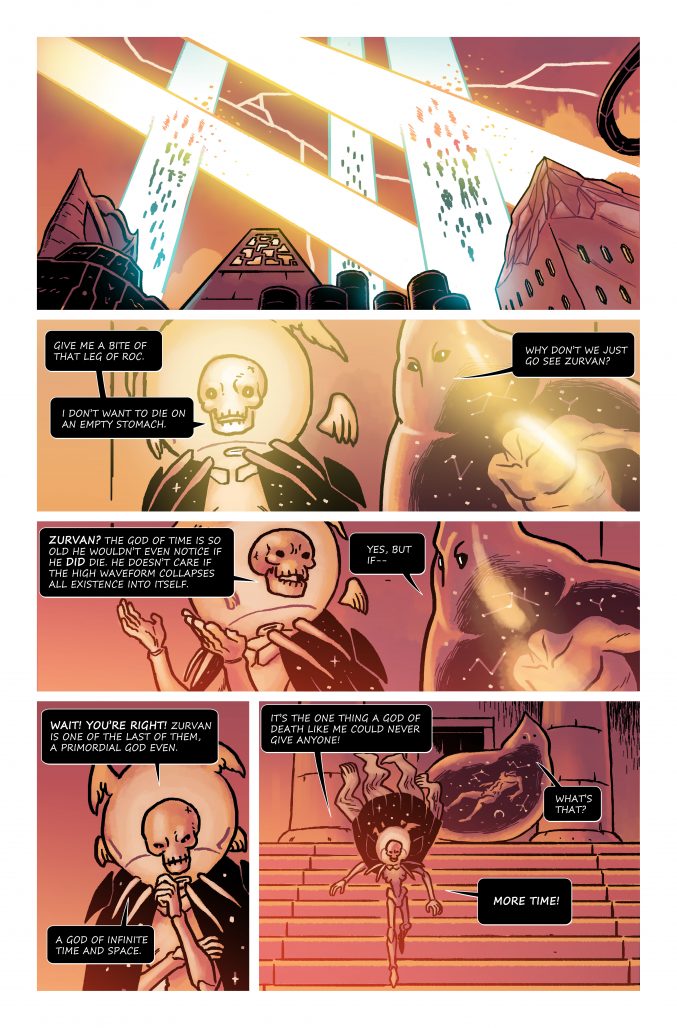
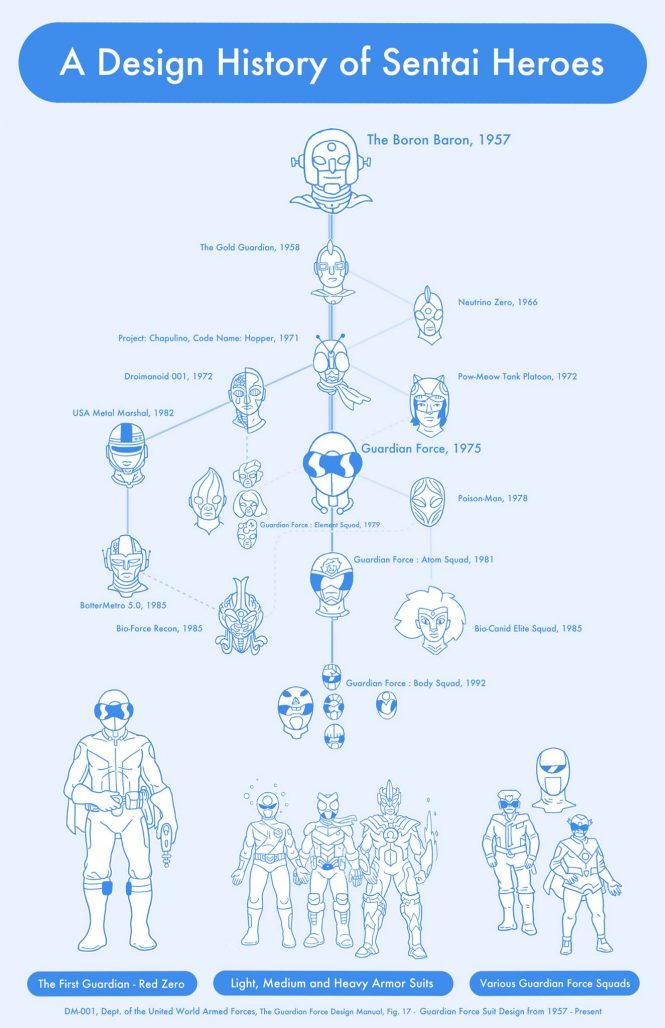






are there no women on these books because ulises has made female creators feel uncomfortable around him? from what i’ve heard, i’d steer clear. btw that bit comparing lgbtq cons to ghettos felt like mansplaining.
Comments are closed.